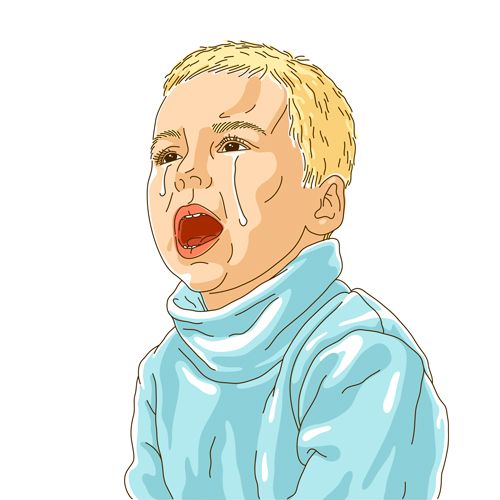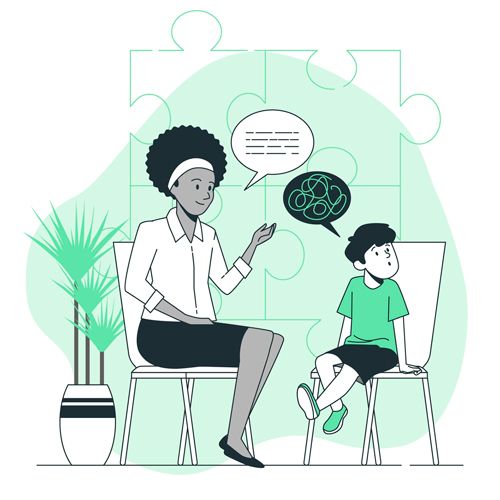A study published in 2019 suggests that nearly 80% preschoolers, ages 2 to 5, have disrupted sleep. These numbers suggest that sleep problems are twice as common among children with autism as they are among typical children or those with other developmental conditions.
These findings point towards one of the most pressing concerns faced by children on the spectrum and their parents. There is evidence that suggests that a lack of sleep causes the symptoms of autism to worsen.
Here are some strategies to help your child get a good night’s sleep :
Bright Light Therapy
Bright light therapy primarily works on fixing our circadian rhythm, in other words, our body’s internal clock. The circadian rhythms are responsible for making us feel sleepy or alert at regular times, thus, maintaining good sleeping patterns necessary for everyday functioning.
During light therapy, the child sits near a ‘light box’ that gives off bright light, similar to natural outdoor lighting. Its effectiveness is highly dependent on three vital elements: timing, light intensity, and duration.
Establish a night-time routine
Following the same bed-time routine everyday will help your child prepare for sleep. This routine should consist of calming activities that the child would enjoy doing. Experts suggest that a visual schedule – consisting of pictures of the activities to be done – like, taking a bath, brushing teeth, putting on pajamas can prove to be really helpful.
Dietary considerations
Avoid giving your child caffeine or sugar-rich foods before bed, as these foods tend to have an “alerting effect”, making it harder to fall asleep. The effect of caffeine is said to persist for 3 to 12 hours. Avoiding the intake of these foods for a few hours before bed-time could improve your child’s sleeping patterns.
Sleep setting
A comfortable sleep setting is said to be a huge contributor towards getting a good night’s sleep. This environment should be where the child feels the most calm and safe in. Avoid the use of any electronics or toys when in bed. Make sure that the environment is as quiet possible and the lighting is appropriate to sleep in. Kids on the spectrum often have to deal with the issue of oversensitivity, hence, something as little as the texture of the bedding or the pajamas should also be taken into consideration.
Have you tried any of these strategies with your kid before?
Don’t forget to let us know in the comment section below! Any additional feedback is welcome as well




